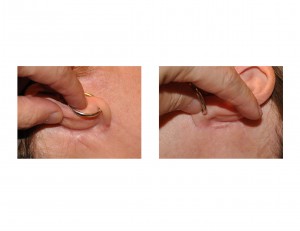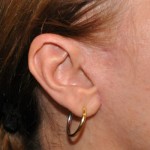For nearly fifty years, or the last half of the past century, the full subcutaneous facelift has been the treatment of choice for reversing the effects of facial aging on the neck and jowls. Many modifications have been done to it including SMAS plication, platysmal tightening, and deep-plane approaches all with the intent of creating a better result and having longer lasting effects.
That is not to say that each facelift is truly customized but that different amounts of aging needs different types of facelift approaches. In short, the full facelift is not necessarily for all patients. In particular, less aggressive or extensive facelift techniques can be appropriate for the earlier signs of facial aging. (jowling with minimal to moderate neck sagging) Such approaches have taken on greater societal awareness as a younger group of patients are presenting today with such earlier signs of aging. That is quite different than just ten to fifteen years ago when the traditional facelift appeared in the fifties and sixties.

Such limited facelift procedures have been described by a multitude of brand names by both surgeons and companies alike. Descriptive tradenames such as the Lifestyle Lift, Quicklift and Swiftlift are the most recognizeable but are far from inclusive of the limited facelift name game. There are differences between these branded names but they are subtle and not substantative. This is reflected in the more similar than dissimilar scar patterns around the ear.
The limited facelift now represents about half of the type of facelifts that I currently do. It is my procedure of choice for many cases of lower facial aging where there is not overwhelming loose skin in the neck. Lax lateral facial skin and jowls, some mild submental skin excess, and platysmal muscle separation are the primary indications for a limited facelift. If there is wrinkled and loose neck skin at or below the thyroid cartilage, then a full facelift is needed.

Dr. Barry Eppley
Indianapolis, Indiana


